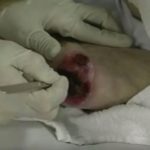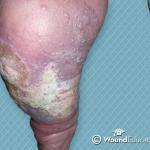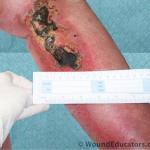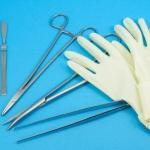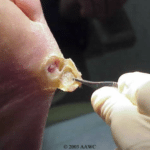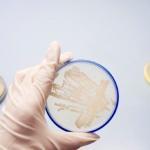Types of Wound Debridement
Debridement is the removal of foreign material, devitalized tissue, or contaminated tissue from the wound bed. Debridement is an important procedure that greatly affects how a wound will heal. Necrotizing tissue has a negative effect on wound healing. Removal by medical intervention is often necessary. Many wound dressings provide sufficient debridement without further intervention. Wound…

